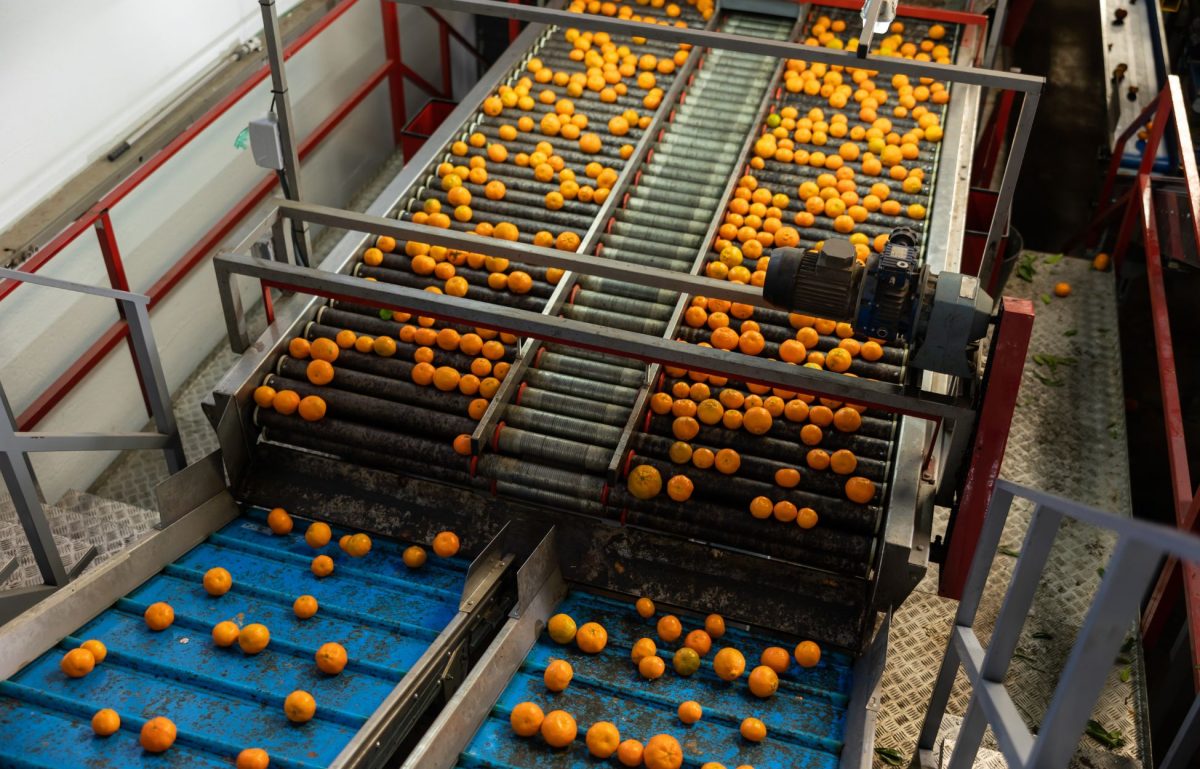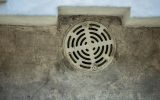In the world of food processing, cleanliness is not a choice—it’s a necessity. The reputation and safety of a food processing facility hinge on its ability to consistently maintain high levels of cleanliness. For maintenance teams tasked with this crucial job, a solid cleaning and sanitization process is the bedrock of successful food safety compliance.
The Importance of Cleanliness in the Food Industry
The stakes are high in food processing because a single misstep in cleanliness can not only lead to product contamination and recalls but also put consumer health at risk. The World Health Organization (WHO) states that proper cleaning and sanitation are critical components of effective food safety management. In addition to regulatory compliance, a sanitized environment instills consumer confidence and protects brand integrity. Explore the critical steps to clean and sanitize a food processing facility.
Preparing for Cleaning
The first step is all about preparation. Before any actual cleaning takes place, the area must be prepared. This includes clearing the space of any waste, garbage, or tools that could inhibit the cleaning process. Personnel should also suit up in the appropriate protective gear, such as gloves, masks, and coveralls, to ensure their safety throughout the cleaning operation.
Disassembling and Removing Equipment
Once prepared, the next crucial step to clean and sanitize a food processing facility is the disassembly and removal of equipment. This step is extensive, requiring you to break down all machinery and tools to their individual parts. Doing so allows for a thorough cleaning, exposing surfaces that are inaccessible during regular operation. This process ensures bacteria and contaminants have nowhere to hide.
Cleaning With Detergents
After you’ve disassembled the equipment and work areas, cleaning can begin. Use detergents designed for the food industry to ensure the right balance of strength and safety. These detergents work to break down organic matter, grease, and proteins that might have accumulated on work surfaces. The process should be meticulous, leaving no area or part untouched.
Sanitizing the Area
Sanitizing all surfaces is the next vital step. Using appropriate chemicals, you can disinfect all areas and eliminate any pathogens or remaining bacteria. This phase is mandatory, as it’s the most critical step for ensuring the space is ready to resume food processing. Don’t forget to adhere to contact times for the sanitizing agents to be effective.
Reassembling Parts and Performing Final Checks
After sanitization, the next step is to reassemble the clean equipment. Make sure you thoroughly clean every component and perform a proper reassembly. A final inspection to verify the cleanliness and condition of equipment and the area concludes this process.
Properly cleaning your food processing plant protects the public, assures regulatory bodies, and preserves brand integrity. A rigorous adherence to the steps outlined above, in conjunction with continuous training and oversight, will establish a high standard in the food processing industry. By arming maintenance teams with the knowledge and resources to perform these duties meticulously, you can do your part to ensure the safety and satisfaction of consumers worldwide.













